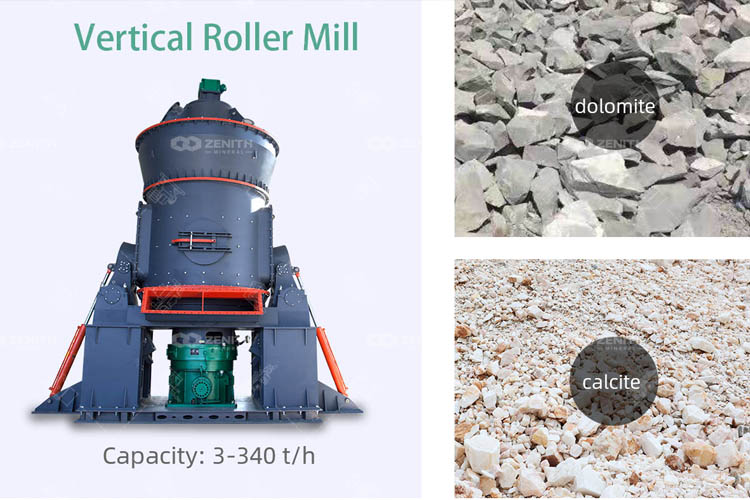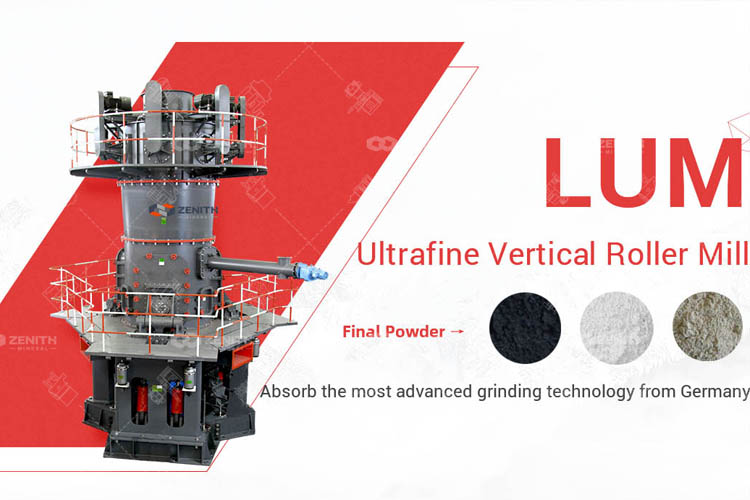Dolomite is a naturally occurring mineral composed of calcium magnesium carbonate (CaMg(CO3)2). It is widely used in various industries, such as construction, agriculture, and as a filler in plastics and paper production. In recent years, there has been an increasing demand for fine dolomite powder in various applications, to meet the demand for high-quality dolomite products, many companies have established dolomite grinding plants.
A dolomite grinding plant is a processing facility designed to grind dolomite rocks into a fine powder. Dolomite grinding plants are typically located near the source of the mineral, in order to reduce transportation costs and ensure a steady supply of raw materials.
The plant generally consists of several stages, including crushing, grinding, and classification. The process begins with raw dolomite rock, which is first crushed into smaller particles. These particles are then fed into grinding mills, where they are further reduced in size and transformed into a fine powder. The final product is typically in the range of 40-325 mesh, depending on the desired application.
One of the key components of a dolomite grinding plant is the dolomite mill. Dolomite grinding mills come in various types, such as ball mills, Raymond mills, vertical mills, and ultrafine mills. These mills are designed to grind the dolomite into a fine powder, using different grinding techniques and equipment.
Vertical roller mill is a more advanced type of grinding mill that utilizes a grinding table and large vertical rollers to crush and grind the dolomite. Vertical roller mills can produce very fine powders with tight particle size distributions, making them suitable for applications requiring ultrafine dolomite powder.

Ultrafine vertical mill, such as the LUM ultrafine vertical mill and XZM ultrafine mill, use advanced technology to produce ultrafine dolomite powders with particle sizes as small as a few microns. These mills are ideal for applications requiring extremely fine dolomite powders, such as high-performance plastics and advanced ceramics.

A ball mill is a cylindrical device used to grind materials by rotating a cylinder filled with steel balls or other grinding media. As the cylinder rotates, the balls inside crush and grind the dolomite into a fine powder. Ball mills are suitable for producing powders with a relatively coarse particle size.
Raymond mill also known as a Raymond roller mill, a Raymond mill uses large grinding rollers to crush and grind the dolomite between them. This type of mill is suitable for producing fine powders with a relatively narrow particle size distribution.
The fine dolomite powder produced by dolomite grinding plants has numerous applications, including:
1. As a filler in the production of plastics, reducing costs and improving the mechanical properties of the final product
2. In the manufacture of ceramics and glass, where it acts as a flux and helps control the melting process
3. As a soil conditioner in agriculture, improving the soil's structure and providing essential nutrients to plants
4. In the construction industry, where it is used as an aggregate in the production of cement and concrete
5. In the production of refractory materials, where it provides heat resistance and improves the overall performance of the material
Dolomite grinding mills play a crucial role in the production of fine dolomite powder for various industries. By employing different types of mills, such as ball mills, Raymond mills, vertical roller mills, and ultrafine grinding mills, manufacturers can produce dolomite powders with a wide range of particle sizes to meet the specific requirements of their applications. As the demand for fine dolomite powder continues to grow, advancements in grinding technology will continue to drive efficiency and product quality improvements in the industry.
leave your message here, we'll send you
an Email immediately.
